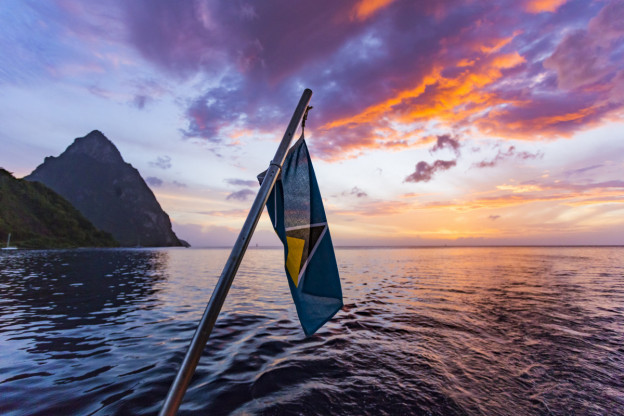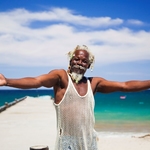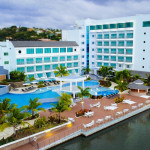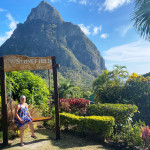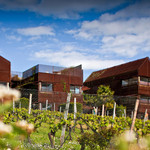in Saint Lucia Revisited, Andy Mossack returns to post-pandemic Saint Lucia to rediscover what makes this island so special.
I last visited Saint Lucia over four years ago and an awful lot has happened in the World since then. For an island that depends so much on tourism, I suspect dealing with the global pandemic has been the most challenging. The good news is at the time of writing, all pre-entry testing has been lifted for fully vaccinated visitors. Even though it wasn’t lifted in time for my visit, the Covid immigration process was gratifyingly slick, and as a prize for passing all my tests, I received a mandatory white wristband to wear during my time on Island.
Tourism is back and it’s a very welcome sight for the locals who have shown remarkable resilience during their various lockdowns. As my driver Nigel explained after picking me up at the airport: “With no visitors and import shortages, we had to become self-sufficient as an island community. With no hotels to supply, our farmers and fishermen ensured everyone had the opportunity to get fresh produce daily. But man, it was still a rough ride.”
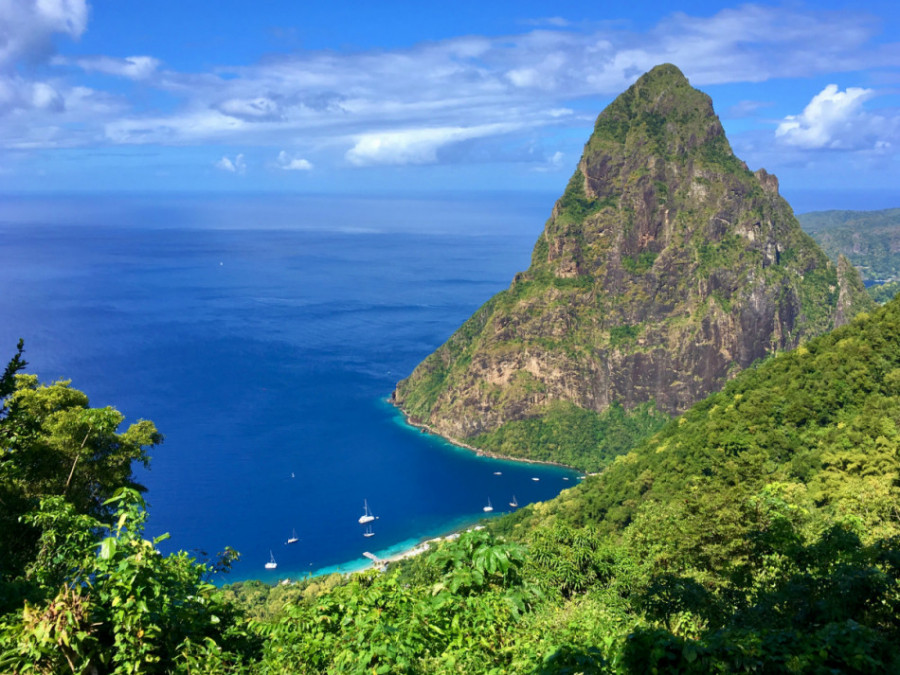
Saint Lucia revisited is a story of two halves, both festooned with gloriously memorable natural tropical landscapes. The drier north is where you’ll find the tourist magnets of Marigot Bay and Rodney Bay and the island’s capital Castries. Down south is another story altogether. Nearly 20,000 acres of dense canopied rainforest, and the home of St Lucia’s iconic landmark, the twin peaks of the Pitons, Gros Piton and Petit Piton, jutting up like a gigantic couple of dinosaur molars.
The North
A 90-minute drive from Hewanorra International airport takes you through the capital Castries and on to the northern tourist hotspots, but they’re not just all about nightlife and partying.
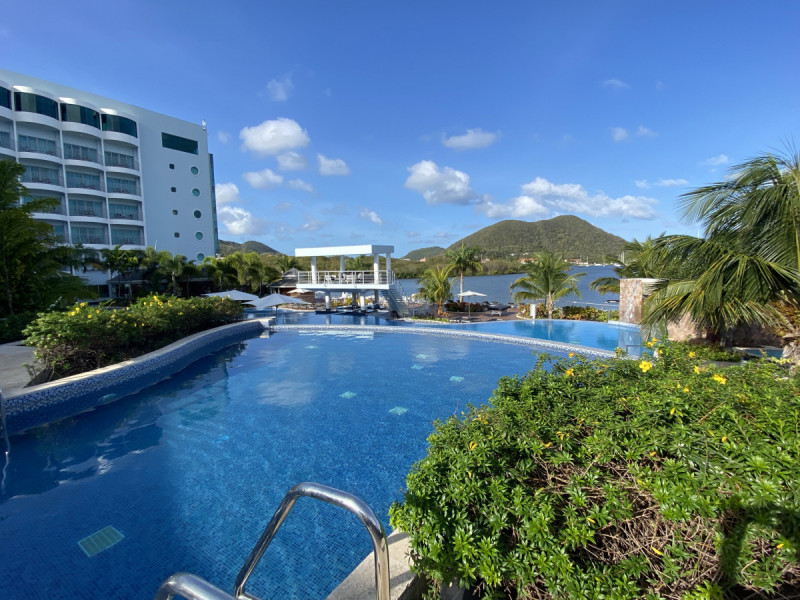
I based myself at the Harbor Club Hotel just a ten-minute walk from popular nightspot Rodney Bay Village and an even shorter stroll in the opposite direction to the fancy yachts lining Rodney Bay Marina. It’s something of a local hangout with its clutch of restaurants and coffee shops.
Pigeon Island
Pigeon Island National Park is well worth exploring. I took a water taxi from my hotel across the bay for the short trip to this island that’s not an island anymore. It’s been joined by a causeway since 1972, but before that, it really was an island and a very important one at that. During the 18th century, Saint Lucia changed ownership between the British and the French fourteen times (seven apiece) over 150 years before the British finally won and Fort Rodney, Pigeon Island’s strategic military garrison followed suit swapping between the British and French military.
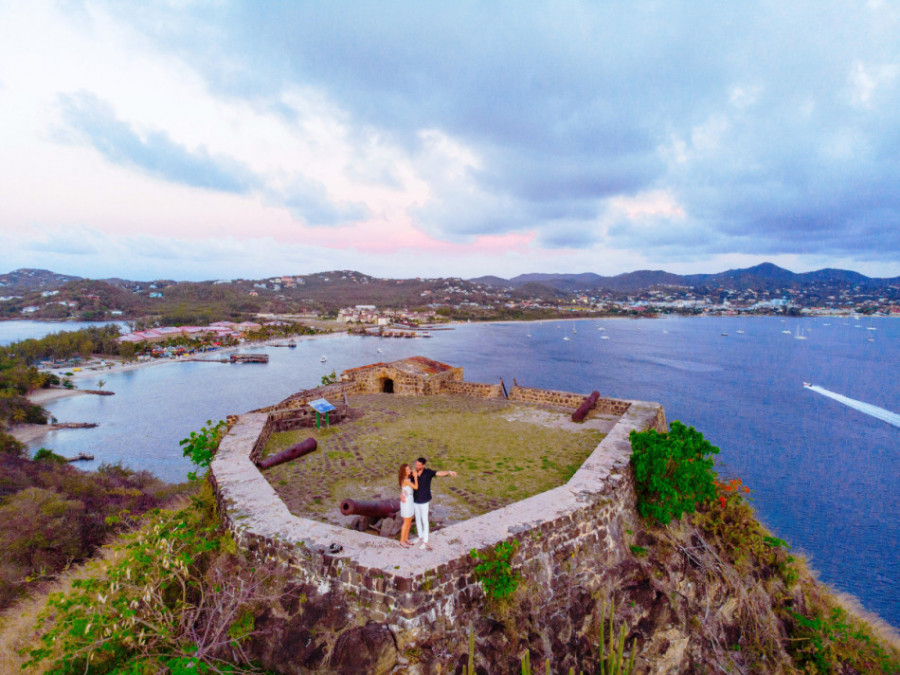
The remains of the fort and some military hardware are perched on a hilltop and it’s a half-hour hike each way, but the effort is rewarded with an impressive panoramic view of both Rodney and Marigot Bays. And if it’s a clear day, see if you can spot neighbouring Martinique. Pigeon island also has a couple of lovely sandy beaches, it’s dotted with lawns, coconut palms, and calabash trees (St Lucia’s National Tree) and there’s a waterfront cafe there too.
Marigot Bay
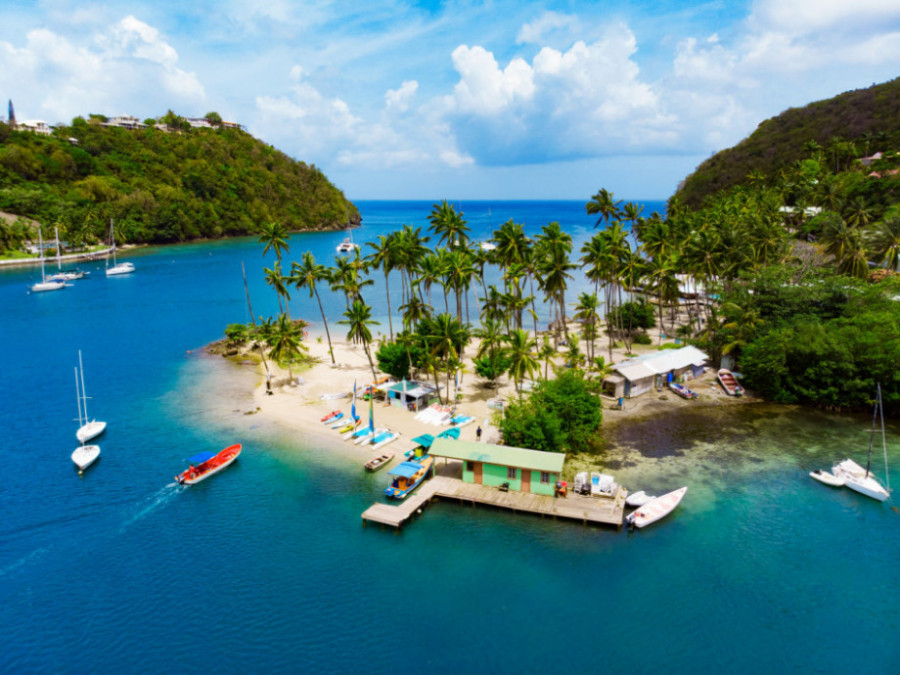
Not only is it very beautiful, but it’s also drenched in naval history. Characterised by a giant palm-fringed sandbar jutting out into the middle of the bay, the British ships used it to hide from the French fleet and ambush them. And to this day, its naturally deep curve provides protection to ships during stormy weather. They call it a hurricane hole. Marigot has a high-end feel to it with beautiful people on fancy yachts, sweepingly soft white sand, and the swanky Marigot Bay Resort on the doorstep.
Rodney Bay
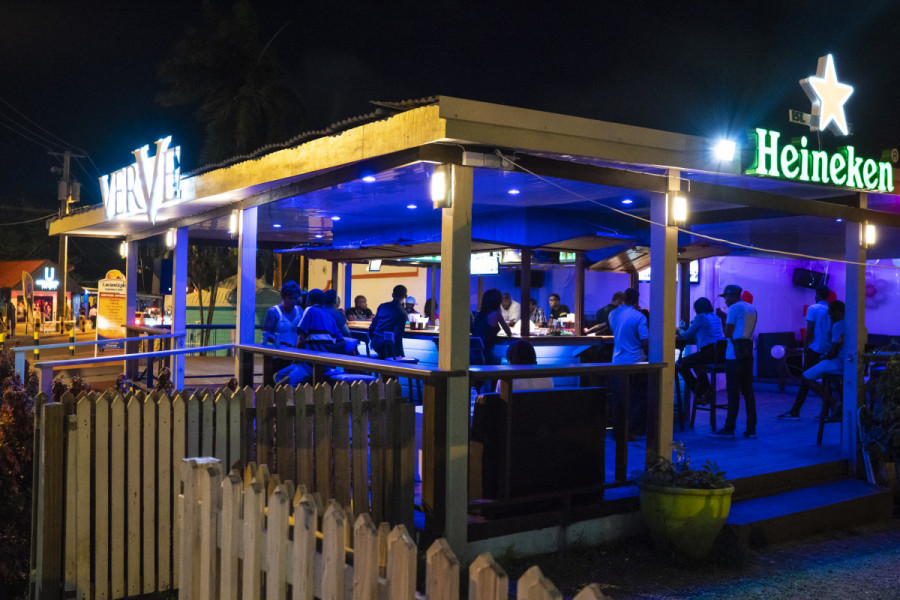
British Admiral George Rodney would no doubt be very flattered they named this bay after him, after all, as a seafarer he would have been partial to a rum tipple or two and there’s no shortage of bars and restaurants in the Village. This is St Lucia’s hottest spot for nightlife, particularly at weekends when just about everyone comes out to play. Even on a Monday night when I was there, the karaoke bar was in full voice, if you could call it that, and the casino was doing brisk business.
Castries
Saint Lucia’s capital is always busy with cruise ships, but its historical centre is well worth a stroll. You won’t miss Derek Walcott Square, named after the Nobel prize-winning poet, it’s dominated by a giant Samaan tree reputed to be over 400 years old towering over the bandstand. Over on the eastern corner is the Cathedral of the Immaculate Conception, the oldest cathedral in the Caribbean. And who can resist the hustle and bustle of a fresh food market? Always one of my go-to places in any city to see a slice of authentic local life.
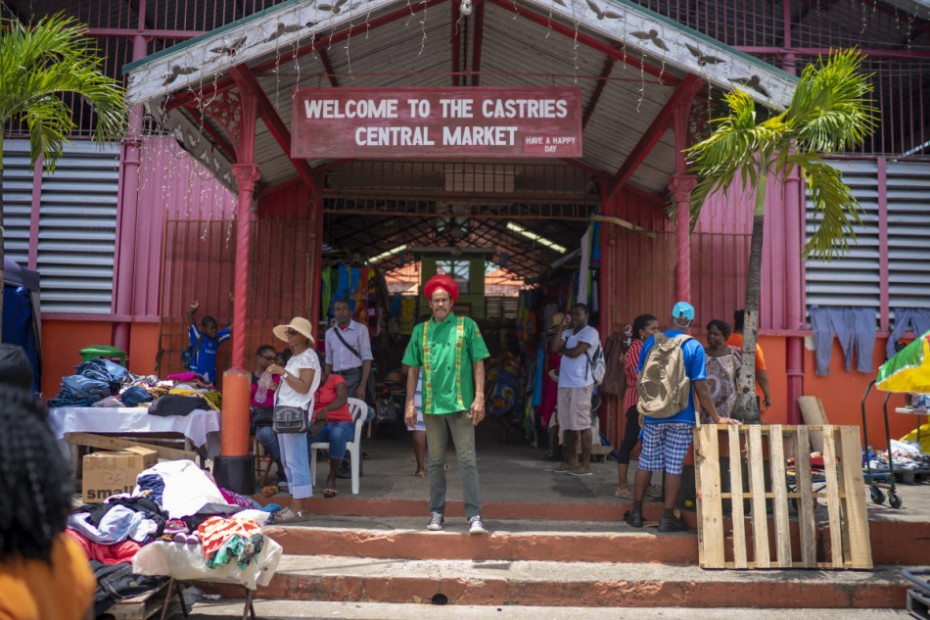
Way above Castries on the top of Morne Fortune is a not to be missed restaurant-with-rooms called the Pink Plantation House. Owned by artist and potter Michelle Elliott, it’s set in a former government colonial mansion house over 150 years old within 2 acres of tropical gardens. The view across Castries from the terrace is worth the price of lunch or dinner without eating anything. That said, the menu is traditional Creole and cooked in a kitchen in one of the outhouses.
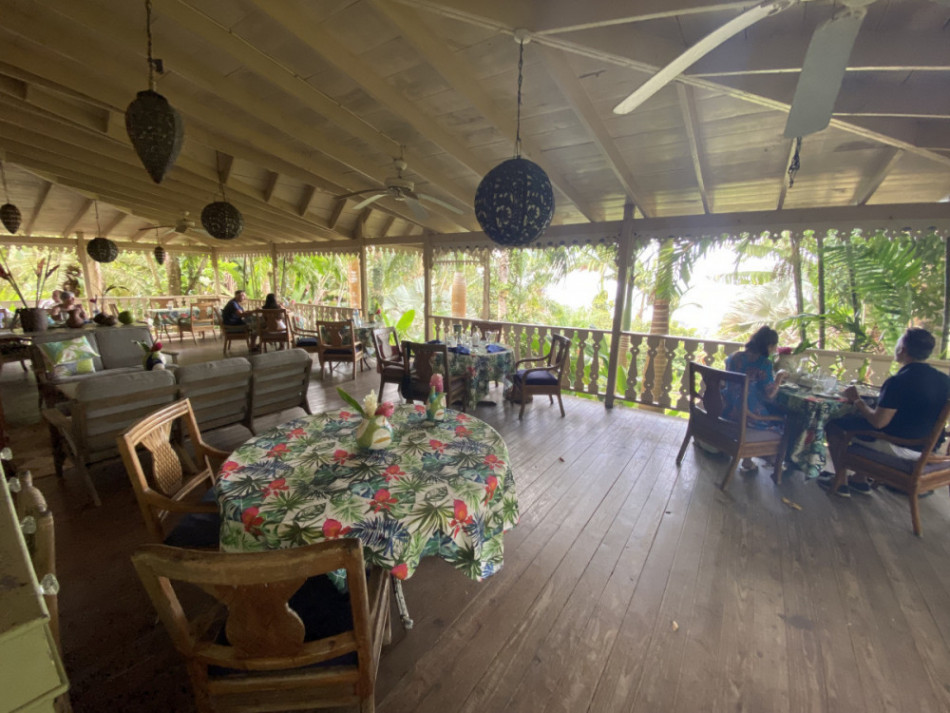
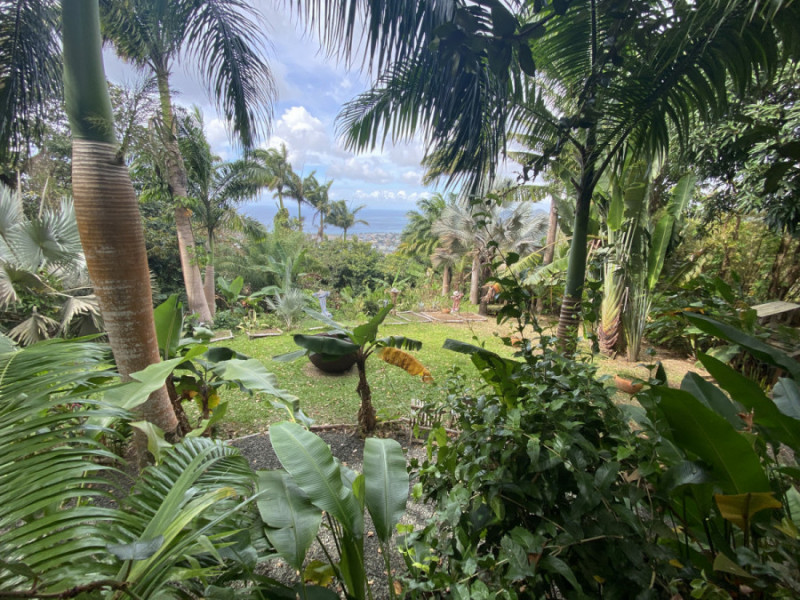
The house has character seeping from every faded floorboard and ancient nook and cranny. There’s also a gallery room showcasing Michelle’s undeniably beautiful pottery. It is undeniably quirky, arty, perhaps a little creepy, but certainly one to visit.
Cap Estate Golf Club
Cap Estate Golf Club is a Greg Norman-designed 18-hole course is now owned and run by Sandals who have given it a new lease of life. Sandals guests get to play for free, but visitors have to pay a steep green fee. It is a seriously tricky test so make sure you have a large supply of golf balls; you’re going to need them.
The South
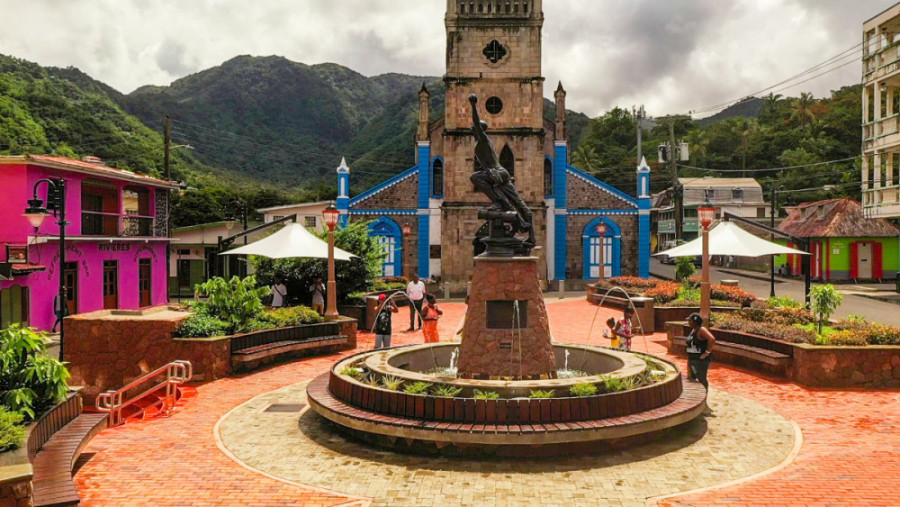
It’s only an hour’s drive from Rodney Bay to the coastal town of Soufriere in the southwest, but it’s a total contrast. You might be forgiven for thinking you’ve been transported to a different country. It’s a rainforest wonderland with jaw-dropping Caribbean views dominated by the ancient twin sentinels of the Pitons.
Being a rainforest there are frequent showers here the locals call liquid gold, bringing a brief respite from the hot sun. This was where the old colonial money went. British and French land barons built vast plantations on slave labour to harvest sugar cane, making huge profits along the way until Asian sugar beets killed the industry, forcing them to switch to bananas.
The old plantations are still here, but now they have been transformed into exclusive high-end resorts; fancy retreats offering luxurious stays with views of the Pitons seemingly within touching distance.
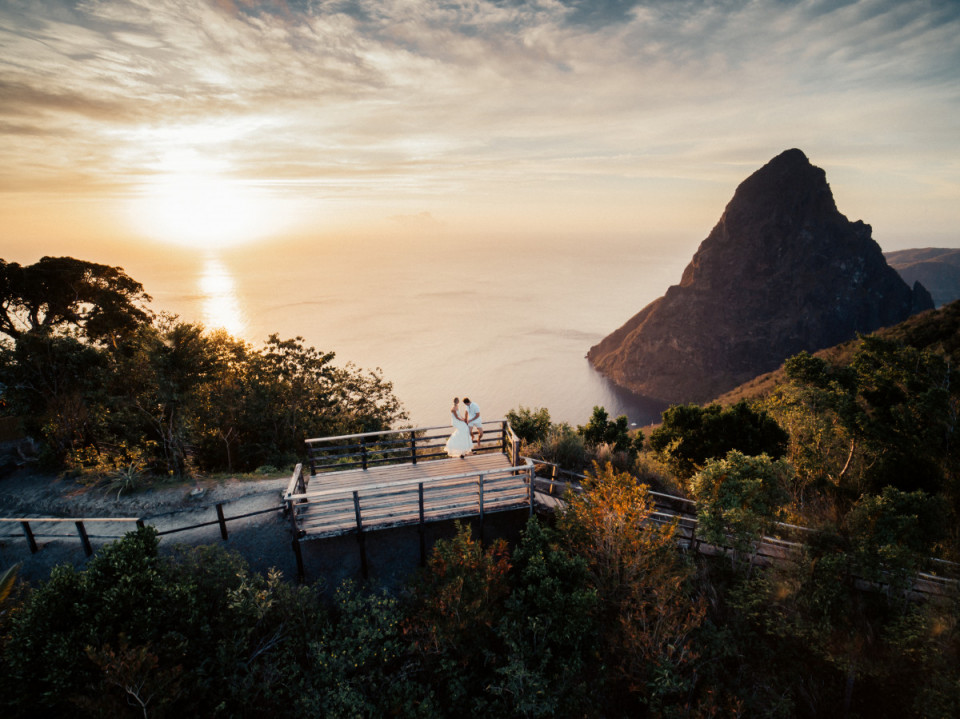
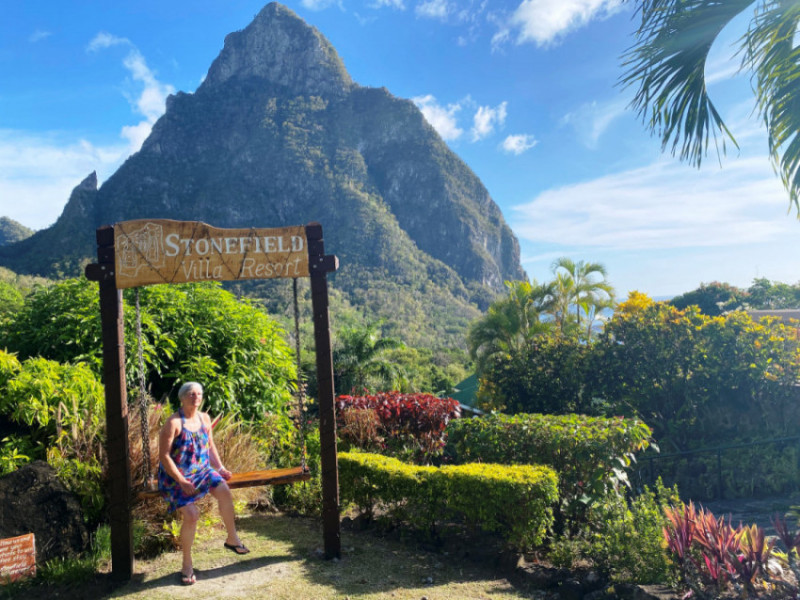
I stayed at the Stonefield Villa Resort, owned and run by the Brown family, a luxury boutique estate of 17 private villas set high up on a cliffside overlooking the Caribbean with the Pitons as our only neighbours. It was a sensational base for my southern adventures and peaceful tranquillity to return to.
Drive-in volcano, hot sulphur springs and waterfall.
One of the most popular excursions on Saint Lucia, this must be done, but avoid the afternoons when it gets very crowded with cruise ship tours. The whole area is a giant caldera, essentially a volcano that imploded on itself leaving its innards exposed as a kind of moonscape. You can bathe in the four hot springs and give your skin a makeover by rubbing sulphur infused mud all over your body.
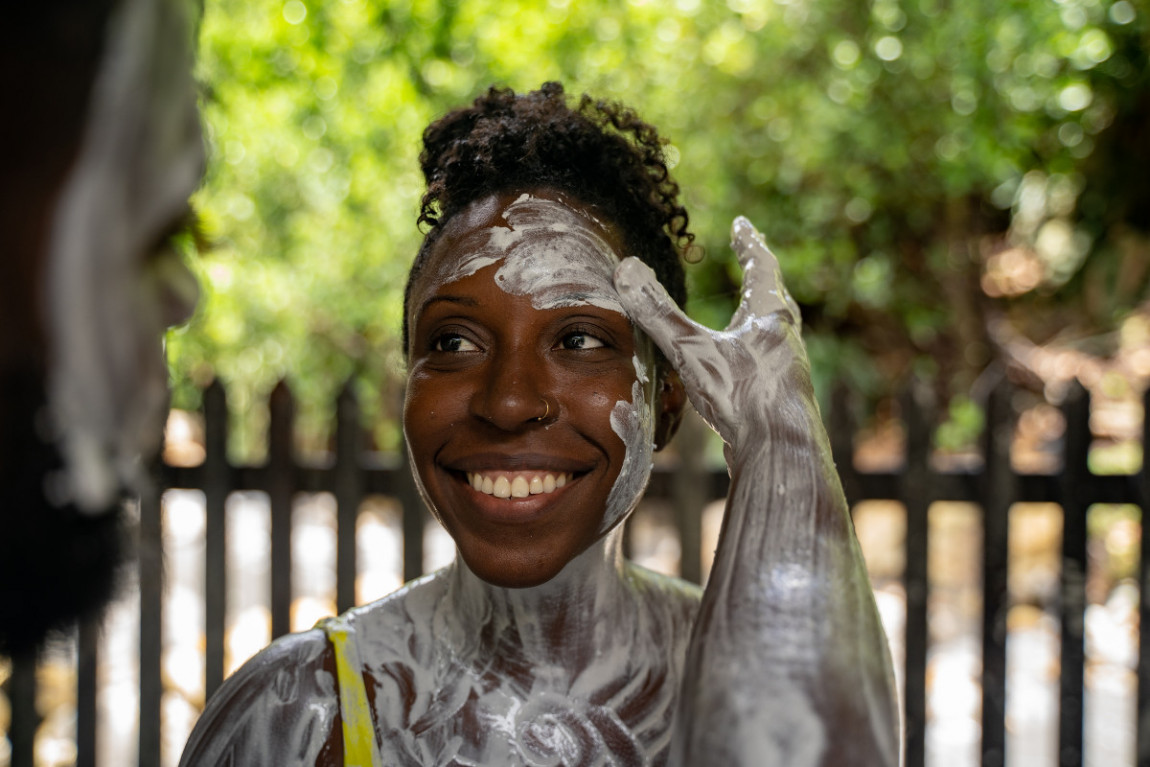
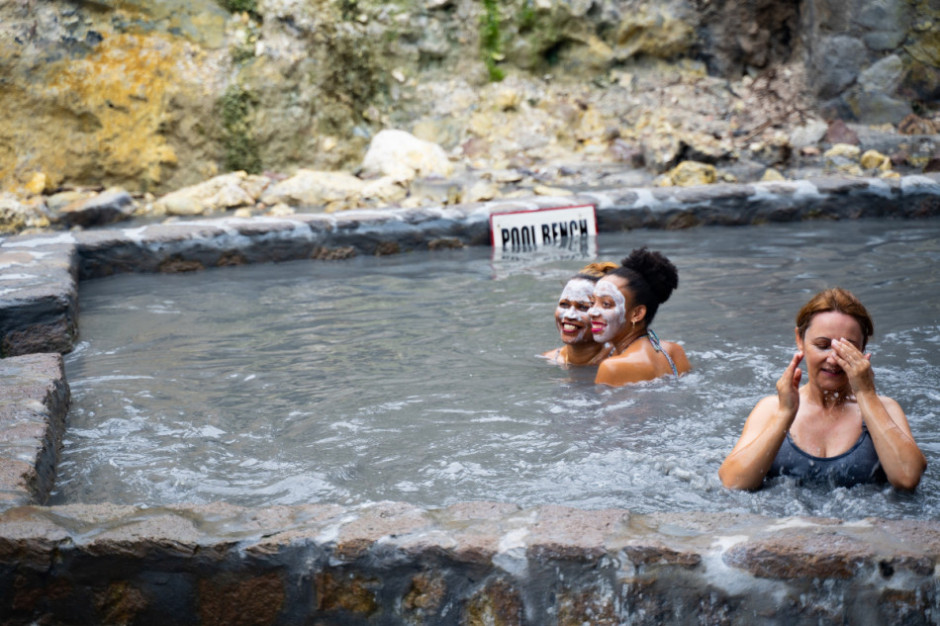
Wait for it to dry and jump back in to wash it off. leaving your skin silky smooth. It’ll take years off. After that, it’s a guided tour across the vapoured moonscape to gaze at potholes full of steaming boiling black water. I was reliably informed this technically makes the whole area an active volcano and they joke that an eruption “is long overdue” (the last one was in the 18th century) but seismologists check it every day so don’t get too nervous!
I had a laugh out loud moment when I asked a local where the washrooms were. He pointed without looking and said “women to the left and men are right. Man, that’s the only time we get to be.” Clearly a local wit. Hilarious.
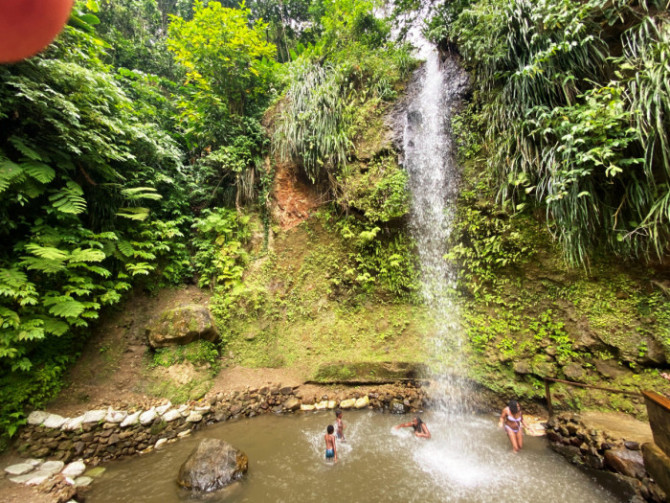
Just a mile or so further on, a tall waterfall cascades down from the mountains forming a shallow natural rock pool. Even the locals come here on weekends to jump in with the kids and enjoy the cool water. There is a small entry price for both attractions, and despite being owned by the government, all the entrance money goes directly to support the local community.
Beaches
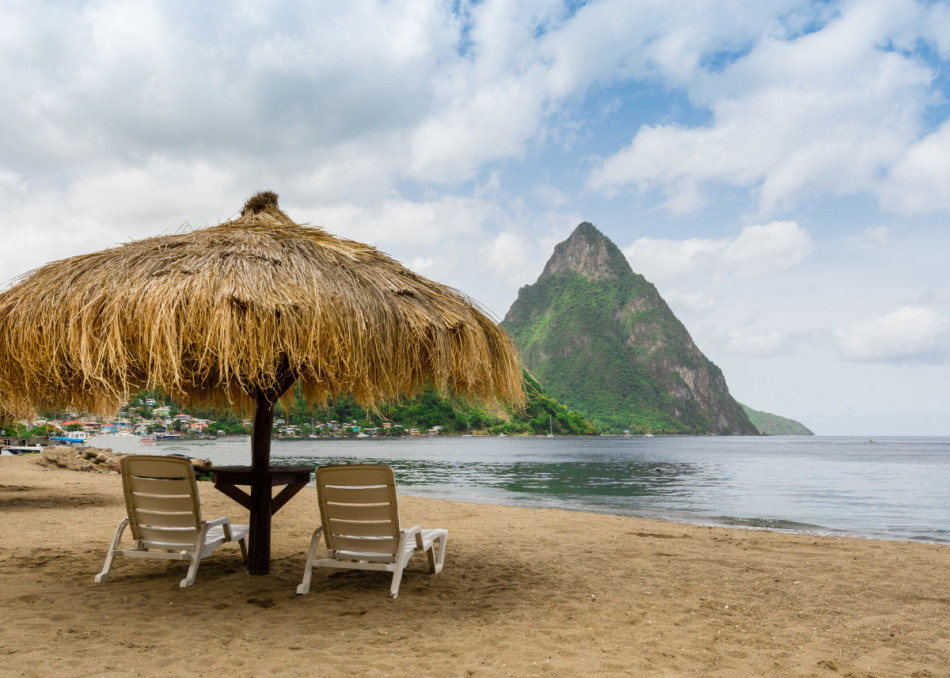
All the beaches are public here even though many of the hotels have access for their guests. Anse Chastenet is a lovely spot with a bar and restaurant and sunbeds. It also has a marine reserve where you can enjoy snorkelling with tropical fish for company. Paradise Beach is another good choice right at the base of the Pitons. There are sunbeds and the bar and restaurant offer plenty of snacks and daily specials.
Chocolate making at Fond Doux
If you’re a chocoholic like me, you can’t resist a short tour of Fond Doux’s chocolate production. Cocoa has been grown here since its origins as an 18th-century French colonial estate and the mature lush tropical gardens bear testament to that. It’s now a resort property but the collection and drying of cocoa beans and chocolate production continue. Take the short tour around the gorgeous estate and end it with a demonstration of how their organic chocolate bars are still handmade. You’ll get to taste some too. Yum.
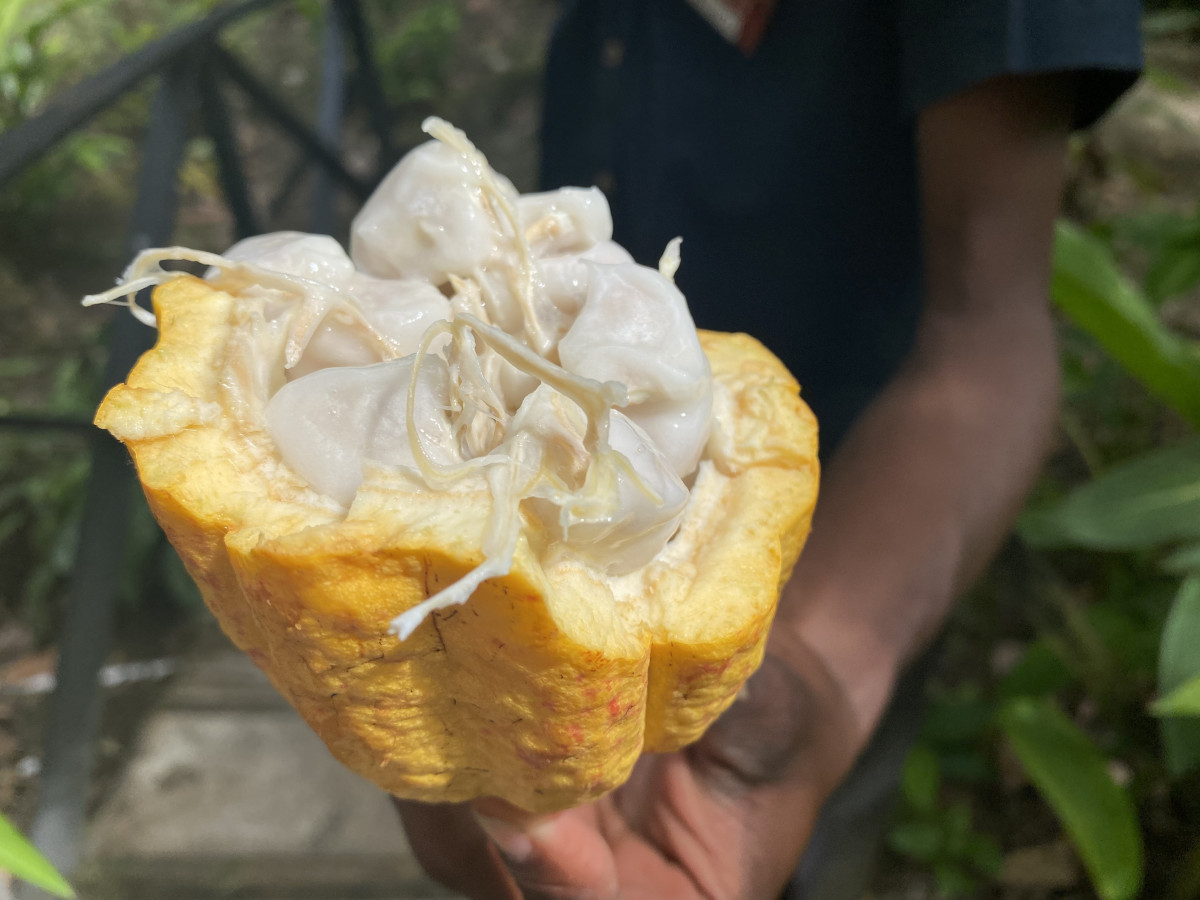
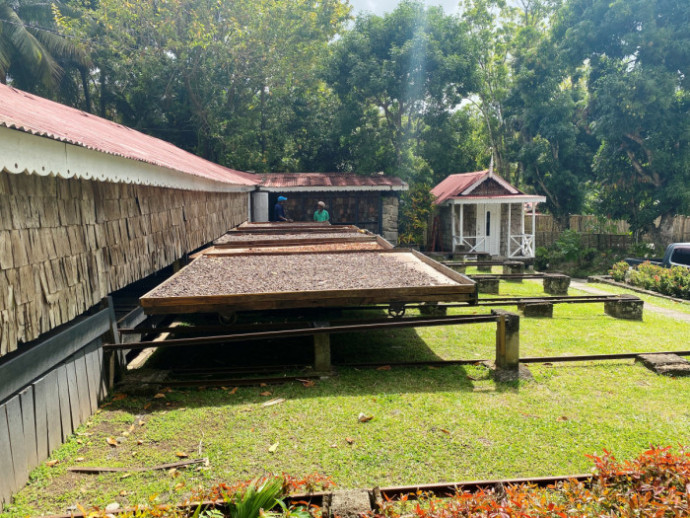
Hikes and trails
For hardy outdoor types seeking a challenge, both Pitons have challenging hiking trails. Of the two, counterintuitively Gros Piton offers a slightly less strenuous four-hour round-trip climb than her smaller twin. The effort will be worth it though as both offer stunning panoramic views at their peaks.
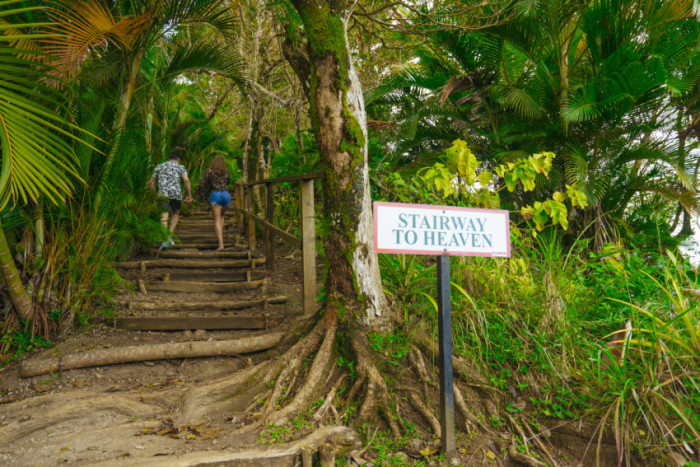
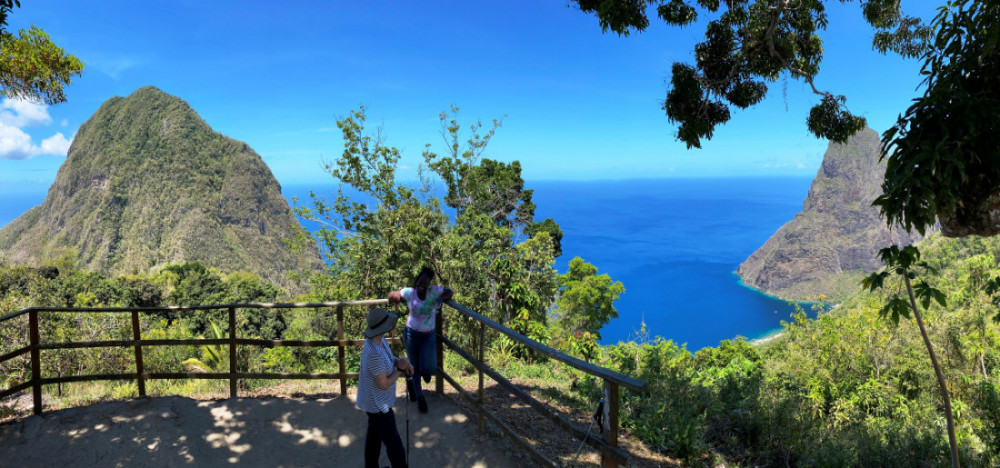
However, I found a moderate hike for the less active that also offers not just a pleasant walk but also the chance to get a money shot of both Pitons with you in between at nearly the same height. The Tet Paul Nature Hike is an up and down trail walk lasting around an hour accompanied by a local guide who will point out flora and fauna and even pineapples growing in the wild. The Piton promontory is obviously the star of the show, but the view from the top of the steps up “Stairway to Heaven” was my personal favourite. The low entry fee all goes towards providing support for the local community.
Local villages
There are a few notable small towns and villages you can visit to get a taste of local colour. You will probably drive through Anse La Raye on your way down; a colourful fishing village known for its narrow wooden pastel-coloured houses and boat building expertise.
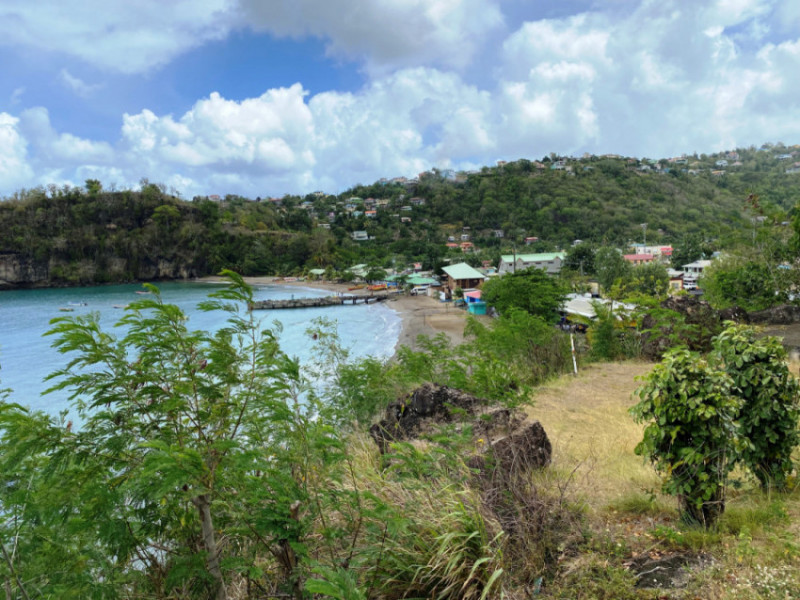
The local fish is skate, and each day a conch shell horn is blown to signal freshly caught fish is now on sale. The fish fry Friday night party is known across the island so don’t miss it. Plenty of barbecued conch, snapper, flying fish and tuna and of course, plenty of rum. Soufriere, the island capital when it was under French rule, is well worth a stroll around. .
Traces of its French colonial past reflect in many of its buildings. There’s a fresh food market where most of the chefs from the local resorts will be found most mornings looking for daily specials for their menus. The waterfront’s usually bustling, there’s the historic town square and plenty of lively local bars around the side streets.
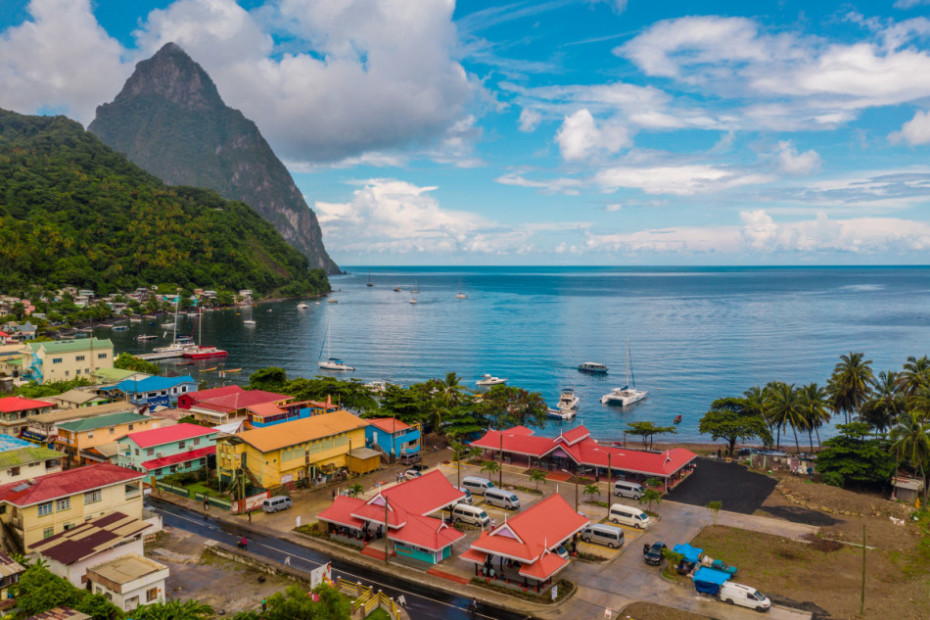
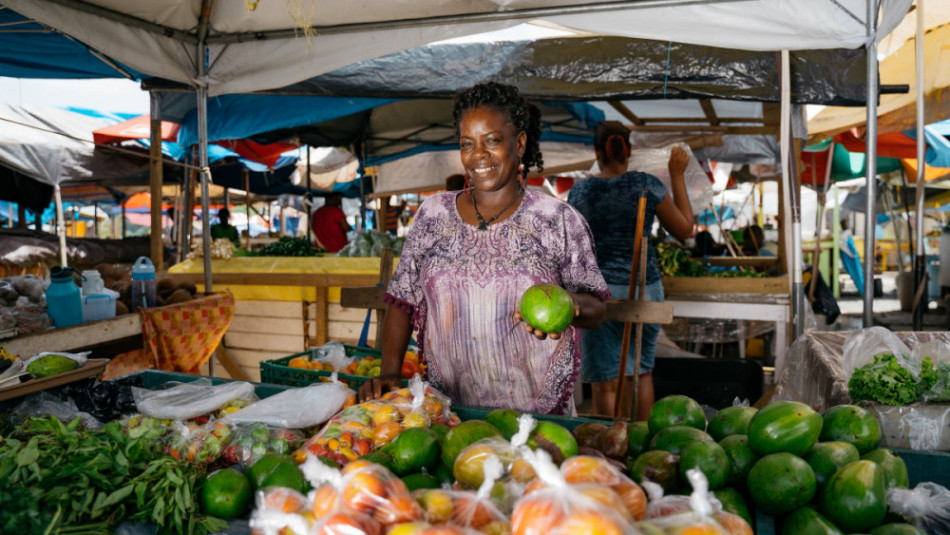
Whether you’re in the north or south, Saint Lucia’s embrace will always be warm and welcoming. She is a tropical paradise to savour. On an island so dependent on tourism I sensed a collective sigh of relief as her doors finally opened wide once again. But there are some things that never change. Don’t expect quicksilver service, it’s just not in her DNA, you just have to slip yourself into island time and enjoy the slow ride.
All images (C) Saint Lucia Tourist Authority except for Anse La Raye, Tet Paul, Fond Doux, Stonefield, Harbor Club and Pink Plantation (C) Andy Mossack.
Tell me more about Saint Lucia revisited
Saint Lucia is served directly by BA from London Gatwick.
For all the activities described above or a more detailed look at what to do and where to stay please visit the Saint Lucia Tourist Authority
Getting to Gatwick Airport
Gatwick Express takes passengers straight from Gatwick Airport to the heart of London, Gatwick Express’s high-frequency shuttle service to London Victoria has real-time passenger information systems and air-conditioned carriages with power sockets and is Wi-Fi enabled.

